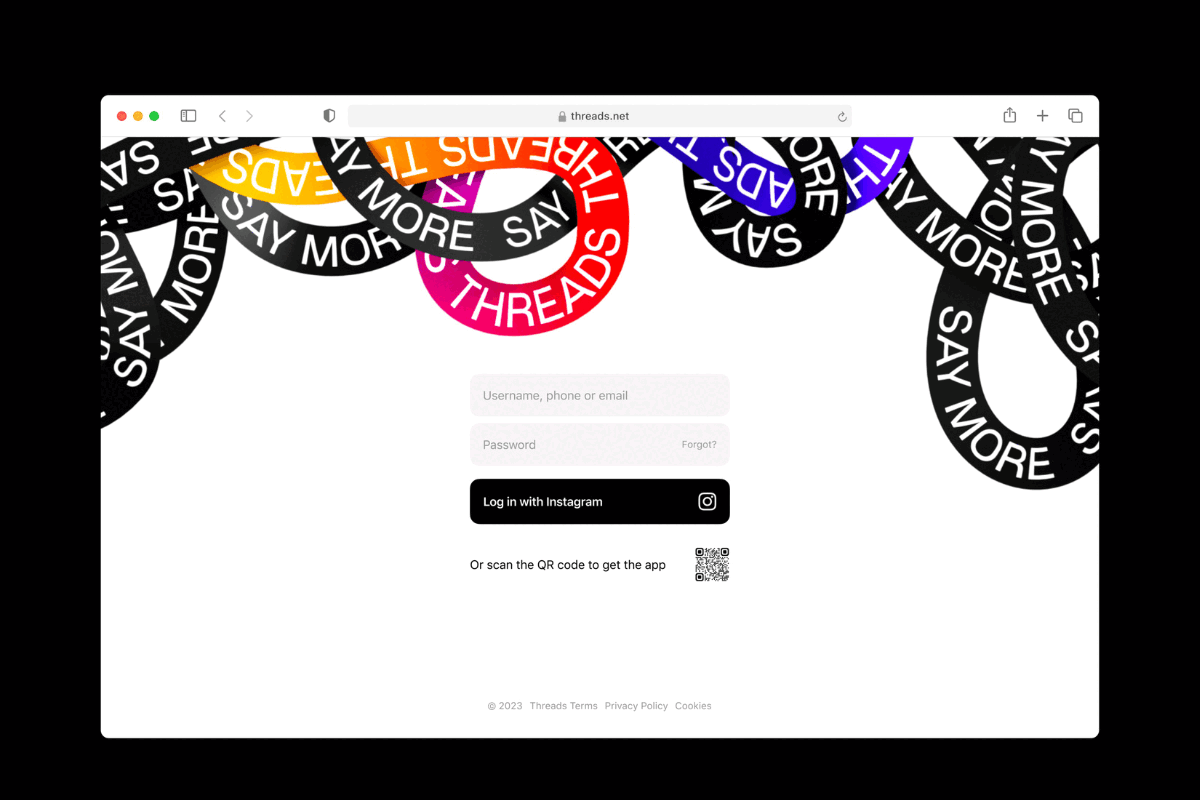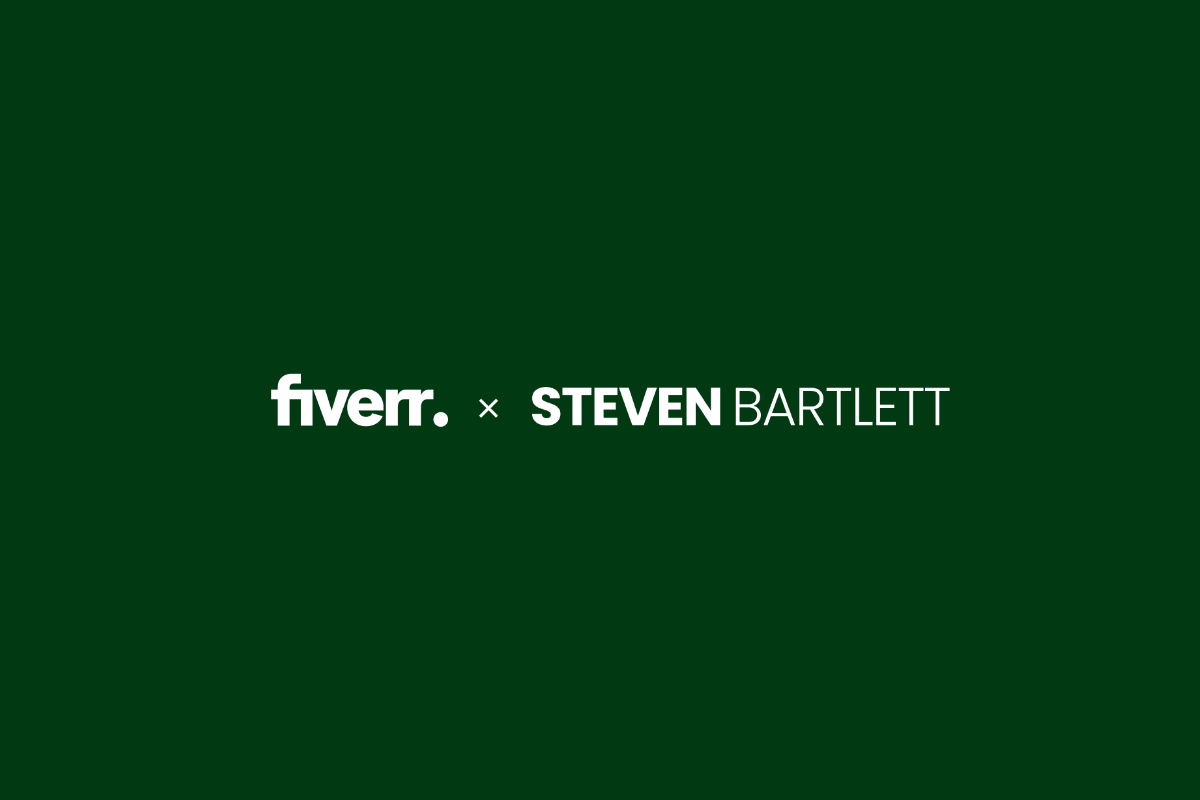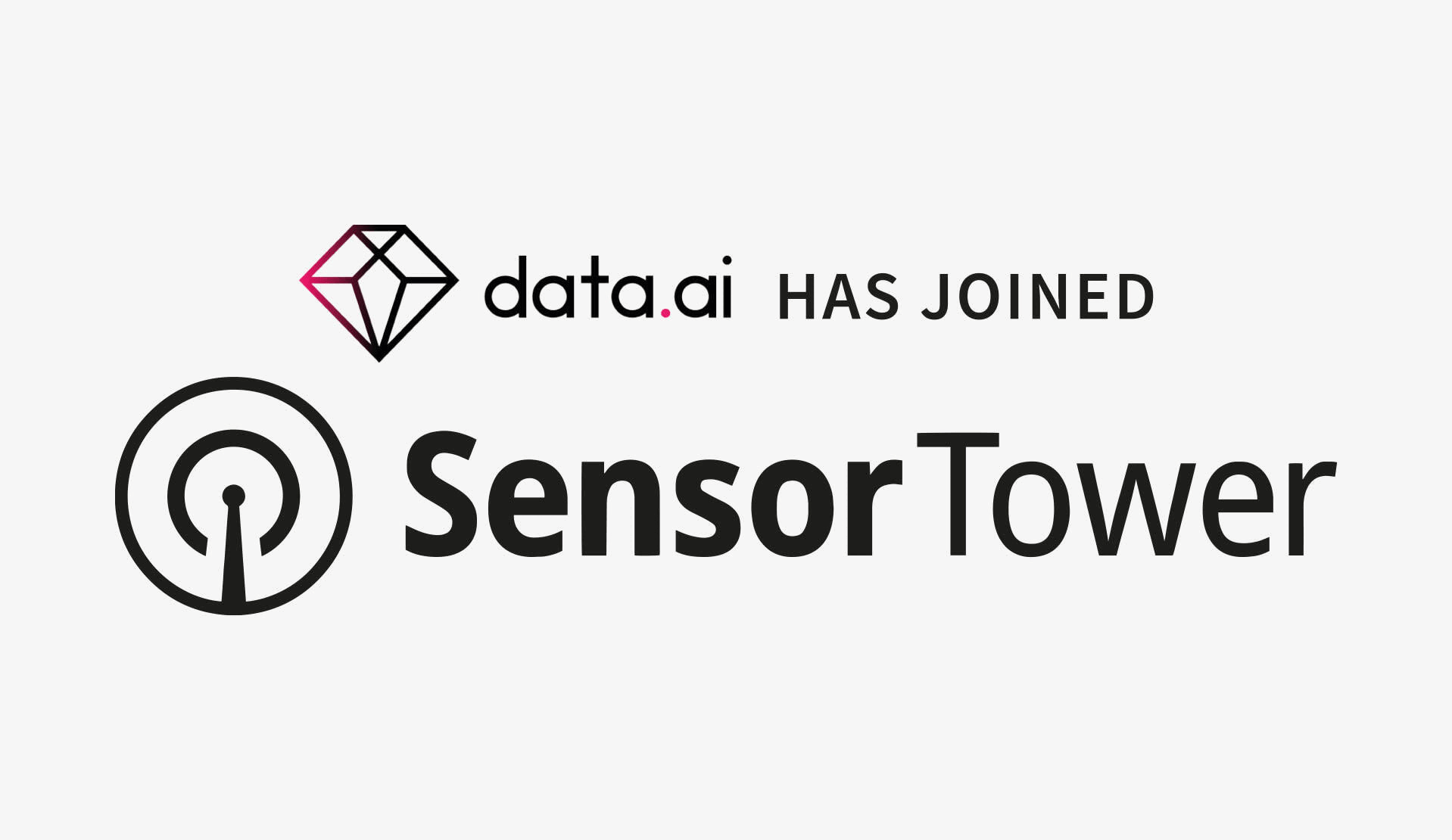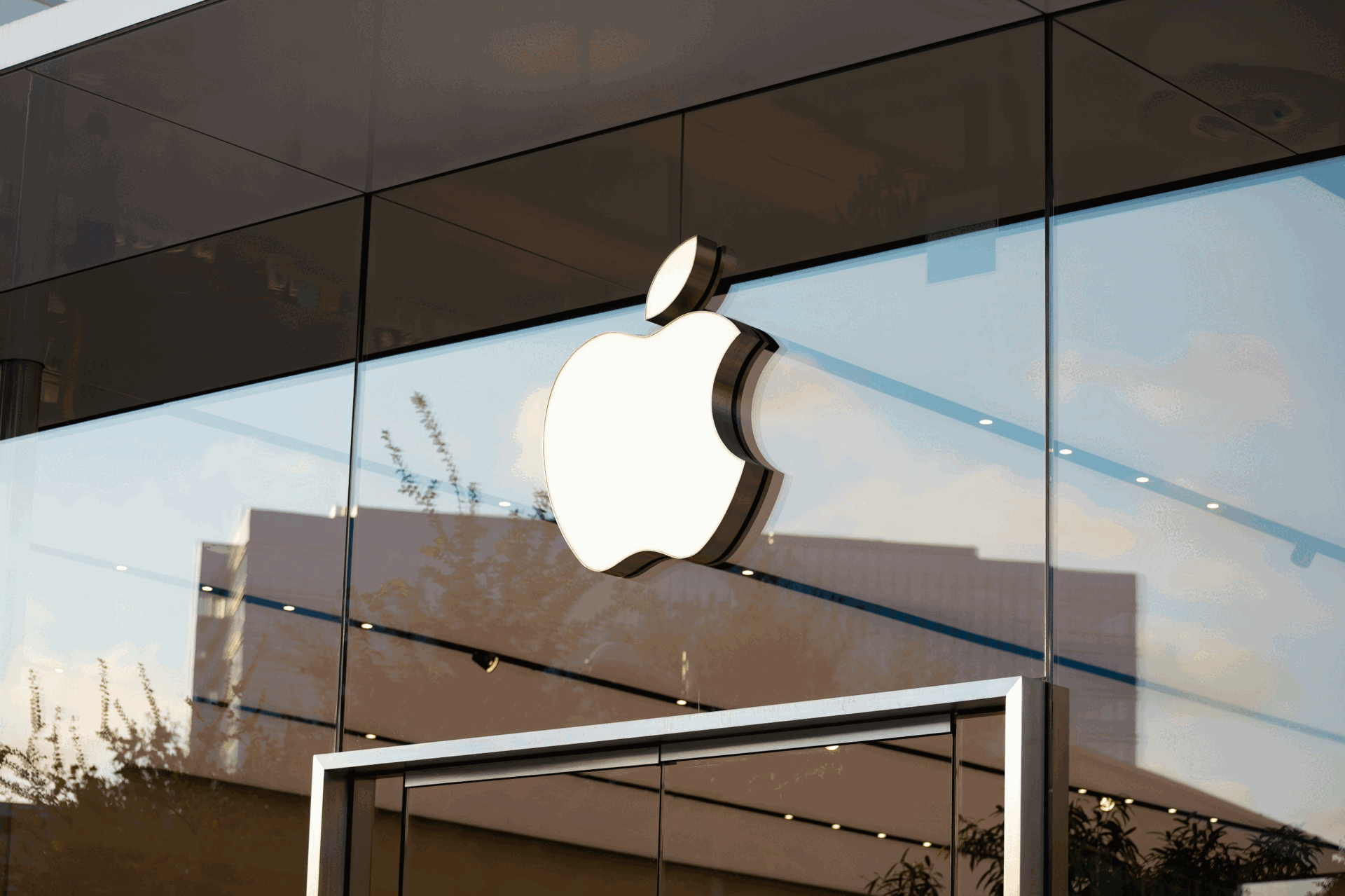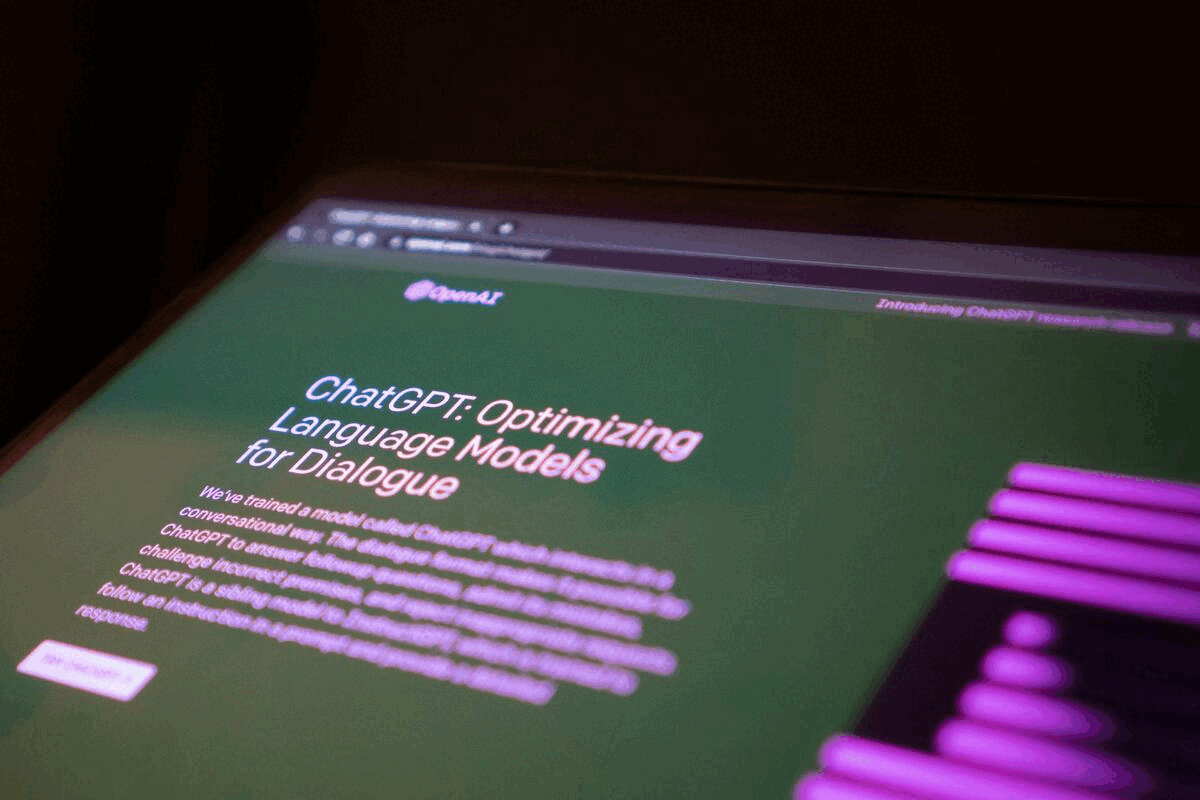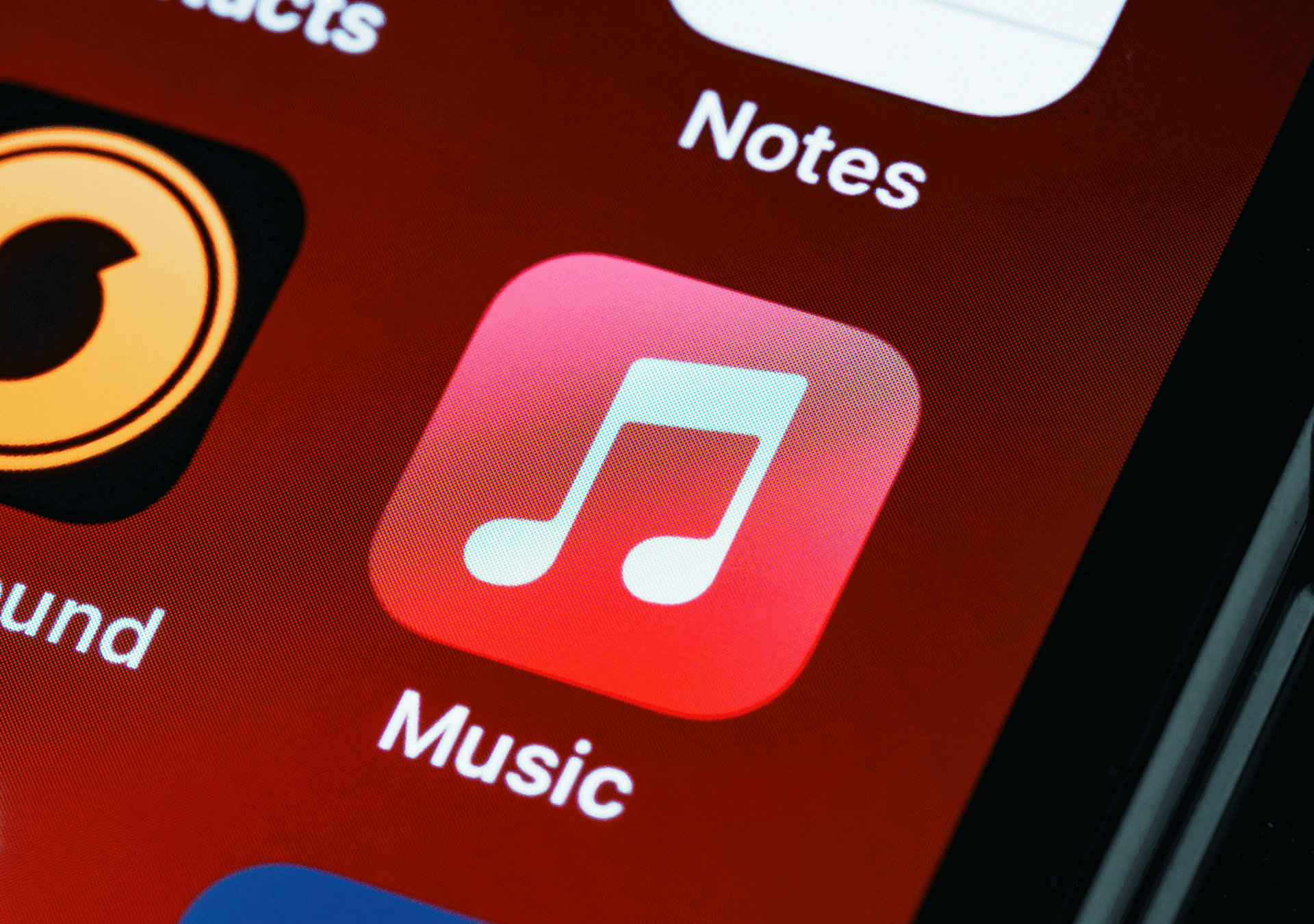Average Opt-in Rates for Push Notifications Down to 43 Per Cent
- Wednesday, April 15th, 2015
- Share this article:
 Urban Airship has released key findings from what it claims is the industry’s largest study of push notification opt-in rates, spanning nearly 3,000 apps and 100bn push notifications, sent to more than 500m mobile users during 2014.
Urban Airship has released key findings from what it claims is the industry’s largest study of push notification opt-in rates, spanning nearly 3,000 apps and 100bn push notifications, sent to more than 500m mobile users during 2014.
High, medium and low opt-in rates were calculated for 15 industries using the performance of apps in the 90th, 50th and 10th percentiles to offer actionable benchmarks. Across every industry, high-performing apps see notification opt-in rates above 50 per cent, while multiple industries are above 70 per cent. In contrast, medium-performing apps see an average opt-in rate of 43 per cent.
The study focused on opt-in rates for iOS apps, as Android users are automatically opted in to notifications on app download. Urban Airship analyzed customer data in aggregate to identify apps with at least 5,000 downloads that had sent at least 1,000 cumulative pushes in one month. Analysis included 2,946 apps that had collectively sent more than 93bn notifications to more than 533m users.
For industry-specific insights, apps were manually categorized into 15 industry verticals with results grouped into high, medium and low ranges using 90th, 50th and 10th percentiles. Year-over-year comparisons were calculated using Urban Airship’s Good Push Index study from December 2013, and as averages rather than 50th percentile medians.
Overall, the average notification opt-in rate stands at 43 per cent from 45 per cent compared to December 2013, when six industry verticals and more than 1,000 apps were analyzed. The latest data shows that high-performing apps achieve average opt-in rates that are 45 per cent higher than the rates medium-performing apps see.
Of the six industries previously examined, retail saw the steepest decline year-on-year with average opt-in rates falling from 46 per cent to 37 per cent. A closer look at holiday shopping season data, using the same 150 retail apps in 2013 and 2014, reveals that in 2014, retail apps doubled their notification send volume on key shopping days – Thanksgiving, Black Friday and Cyber Monday – and consumer response rates also doubled, despite the majority of those notifications being general sales promotions sent to all users. Had retail apps focused more messaging on pre-shopping activities where consumer engagement rates were higher, they could have determined shoppers’ interests to tailor subsequent notifications and achieve four to seven times greater response that highly targeted notifications receive over messages broadcast to everyone, Urban Airship believes.
Beyond optimising opt-in processes and providing greater personal value through more targeted messaging strategies, apps are adopting in-app messaging solutions to reach their entire audience—opted-in or not. A forthcoming Urban Airship Mobile Engagement Benchmarks study will compare user engagement with in-app messages versus push notifications and early results show tremendous potential, the company says.
“As more and more apps turn to notifications for 4X greater engagement and 2X greater retention, it’s natural users will become more selective about which apps they allow to send push notifications,” said Urban Airship CEO, Brett Caine. “There’s no other business-to-consumer communications channel that, on average and across every industry, achieves at least one-third of the audience opting in. However, the delta between average and high-performing apps is massive and will only become more important as marketers seek to extend mobile experiences to Apple Watch and the Internet of Things.”
You can download the report for free here.





